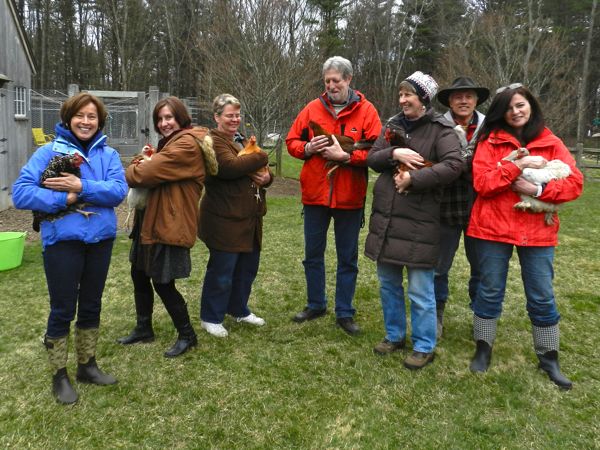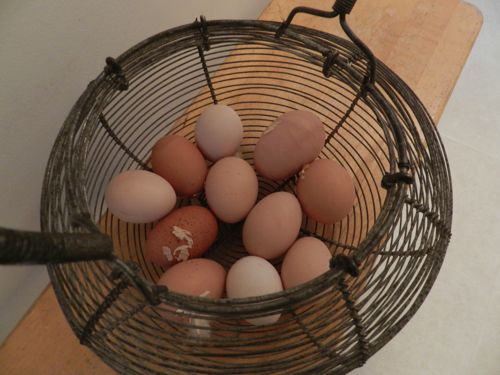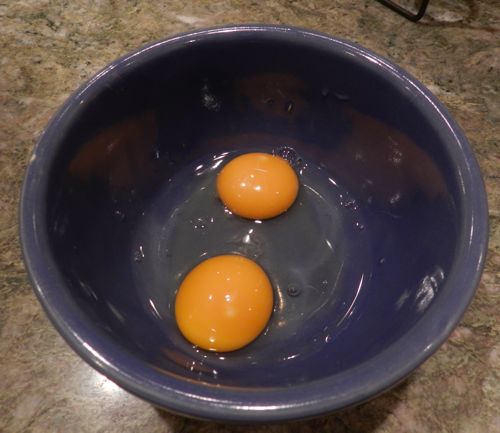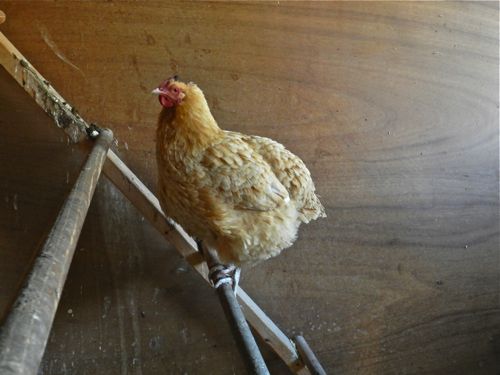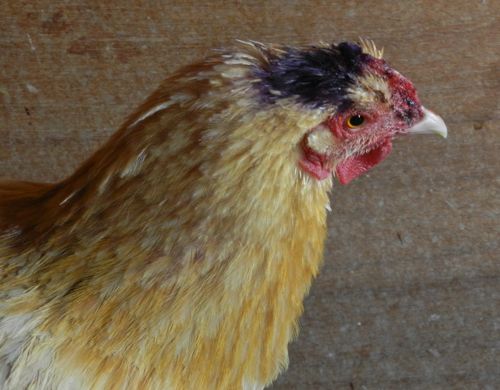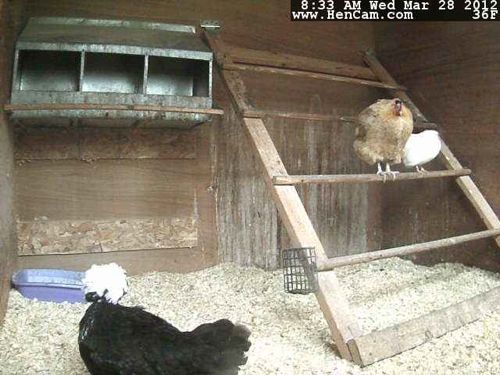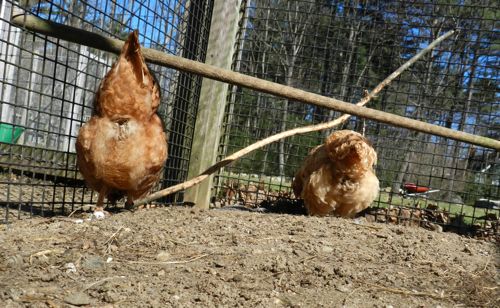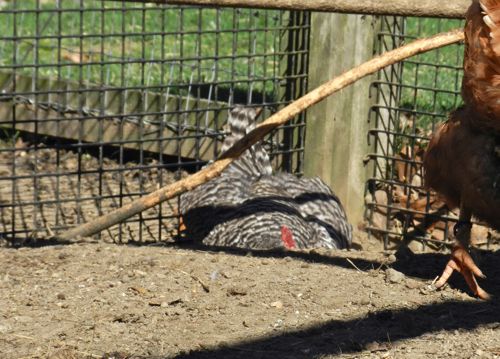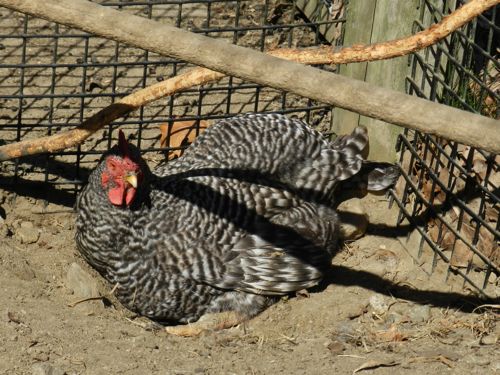“It is well to keep in mind that poultry-keeping is a business dealing with a large number of small things which require close observation to prevent losses. This demands patience and fondness of detail.”

from Practical Poultry-Farming by Hurd, 1939
(photo from my collection)
Close observation is what makes for a peaceful, healthy flock. You should know your chickens so well that you notice a droop in a tail, a change in flock dynamics, a different timber to a cluck. Who is sitting in the sun and who is active? Who has a few missing feathers? Pay attention and you will know when something is off, hopefully in time enough to stem the damage.
Fondness for details is what keeps the waterers clean and filled, food on hand, latches secure, the run dry, and the windows clean to let in sunlight. It’s what makes the morning chores go quickly and smoothly.
This quote could simply be advice about raising chicks, which are certainly “small things which require close observation,” but there is more meaning to it, and it is true on so many levels. The quote tells you to pay attention. Paying attention to your animals is deeply rewarding. It’s what makes having backyard chickens a joy. Paying attention requires patience; time in stillness, time to watch and to know.
The other day I sat in the corner of the big barn with my camera, trying to get a photo of a hen checking out the nesting boxes. I took pictures and I listened to the girls’ chatter, and I watched them jostle for food, peck at my boots, eye my wedding ring, and dust bathe. I watched Ruby barge past one hen and peck at another. I saw Jasper’s quickness and Opal’s meekness. I saw Florence’s intelligence and Agatha’s dim-witted sweetness. And yet, I don’t know these chickens all that well. The three Buff Orpingtons are, to be honest, boring hens, with no distinctive characteristics or character. I know none of the Gems like I know the old hens in the small barn. Eleanor, Edwina and Twinkydink are seven years old this spring. I’ve had them since they were only a few weeks old. They’ve changed over time. Although all three used to be bullies, these days they are more like doddering elderly ladies. But yesterday afternoon, after an hour of free-ranging, a Gem tried to follow Edwina back into the older hen’s barn. Edwina turned, puffed up and pecked. Quite clearly she said, “NOT your place.” It was just a glimmer of her younger self, but such was the power of Edwina’s personality that the Gem, although younger and stronger, backed off. In her heyday, the Barred Rock’s aggressive nature caused me much consternation, but yesterday it made me smile to know she still had it in her. Time. Patience. Knowing. Observation. Details. This poultry-keeping business suits me just fine.
